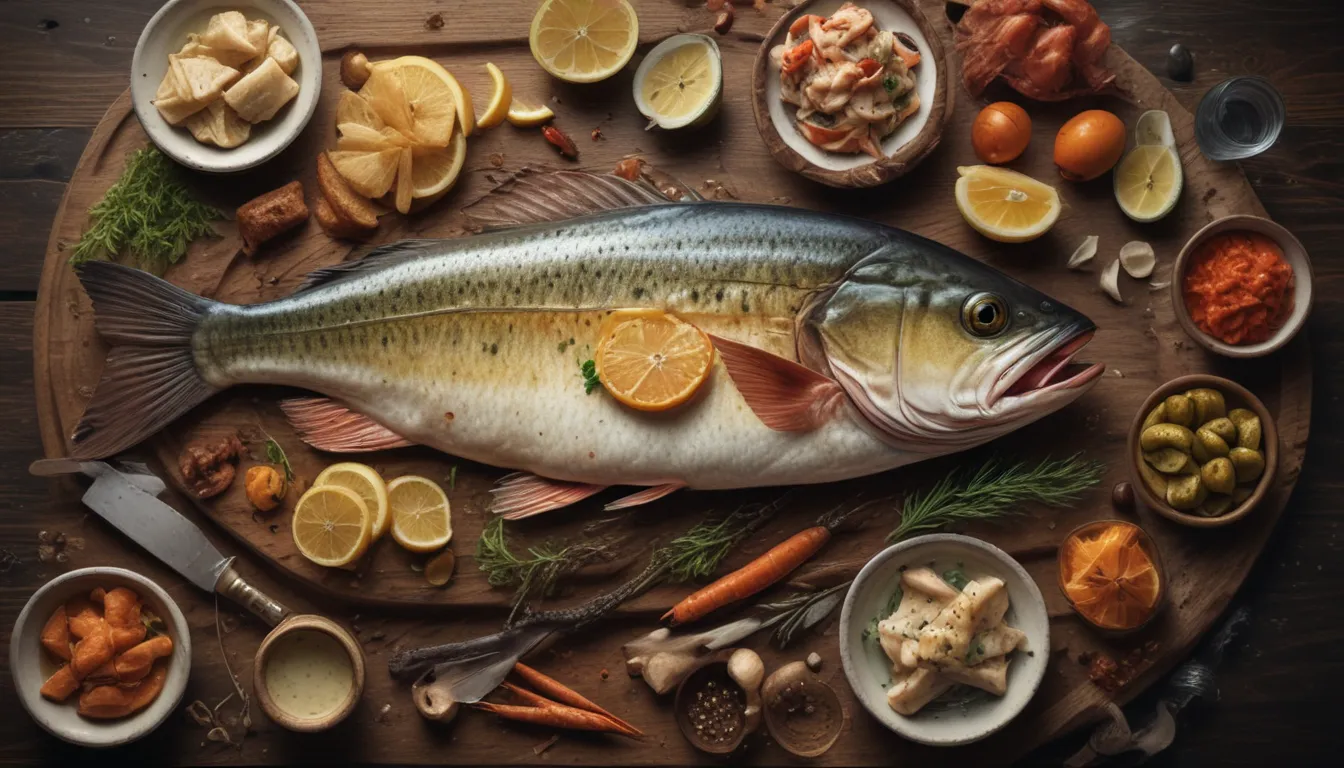The images in our articles may not match the content exactly. They are used to grab your attention, not to show the exact details in the text. The images complement the text but do not replace it.
Have you ever wondered why Catholics have a tradition of eating fish on Fridays, especially during Lent? The practice of abstaining from meat on Fridays traces its origins back to the early history of the Roman Catholic Church. In this article, we will delve into the reasons behind this practice, how it has evolved over time, and some fun facts related to Catholics eating fish.
The Spiritual and Historical Significance of Friday Fish
Friday holds a special significance for Christians as it was on this day that Jesus was crucified. Therefore, Friday became a day for reflection and penance, allowing individuals to seek forgiveness for their sins. During the Lenten season, which spans from Ash Wednesday to Maundy Thursday, Christians engage in acts of penance and sacrifice to reflect on the life and teachings of Jesus.
In the past, meat consumption, especially red meat, was considered a luxury and a source of pleasure. Hence, abstaining from meat on Fridays during Lent served as a form of personal sacrifice and self-control. By refraining from meat, individuals could demonstrate their commitment to spiritual growth and discipline.
The Evolution of Fish Consumption Among Catholics
The tradition of eating fish on Fridays among Catholics has deep historical roots that go beyond spiritual reasons. Before the advent of Christianity, many cultures already had a ritual association with fish consumption. As the practice of abstaining from meat on certain days became more common, the demand for fish grew. Herring was initially a popular fish in Europe before cod gained prominence as a preferred choice.
Interestingly, in England during the reign of Henry VIII, the consumption of fish took on political undertones. Amidst tensions between the local church and Rome, eating fish became a divisive issue associated with loyalty to the Pope. The decline in fish consumption had economic repercussions, prompting subsequent rulers to revive fasting days to stimulate fish consumption.
In the United States, American Catholics were historically bound to abstain from red meat on Fridays, with rules relaxing in 1966 to limit meat consumption to Fridays during Lent. In recent years, there has been a resurgence of interest among some bishops in reinstating year-round meat abstinence as a form of penance.
Interesting Tidbits About Catholics and Fish Consumption
The tradition of not eating meat on Fridays has led to unique culinary practices in predominantly Catholic countries. For example, in the Philippines, restaurants often feature fish-based menu items during Lent, such as Jollibee’s Tuna Pie. Even global chains like McDonald’s have recognized the significance of fish consumption among Catholics, leading to the introduction of the popular Filet-O-Fish sandwich.
As for the question of whether one should avoid meat on Fridays, it ultimately boils down to personal choice. While the practice is no longer as strictly observed as in the past, many Catholics view it as a way to deepen their faith and express gratitude for their blessings. Making a small sacrifice, even if it’s just once a week, can foster a sense of empathy and appreciation for what one has.
In conclusion, the tradition of eating fish on Fridays among Catholics serves as a reminder of the spiritual significance of self-discipline and sacrifice. While the practice has evolved over time, it remains a distinctive hallmark of Catholic identity and faith.
Embracing Authentic and Engaging Content
Our commitment to delivering accurate and engaging content stems from the contributions of real users like you. Each fact on our site undergoes a rigorous editorial review process to ensure credibility and reliability. As you explore and learn with us, trust in our dedication to providing high-quality and authentic information. Join us in discovering the rich tapestry of knowledge and insights that make our platform a trusted source for learning and discovery.






